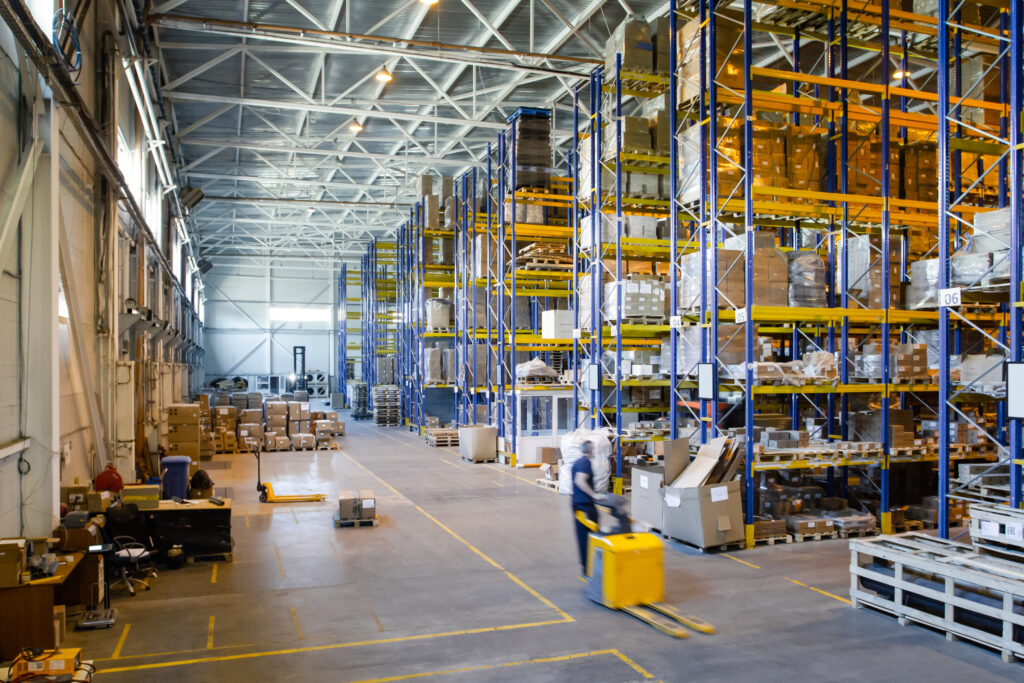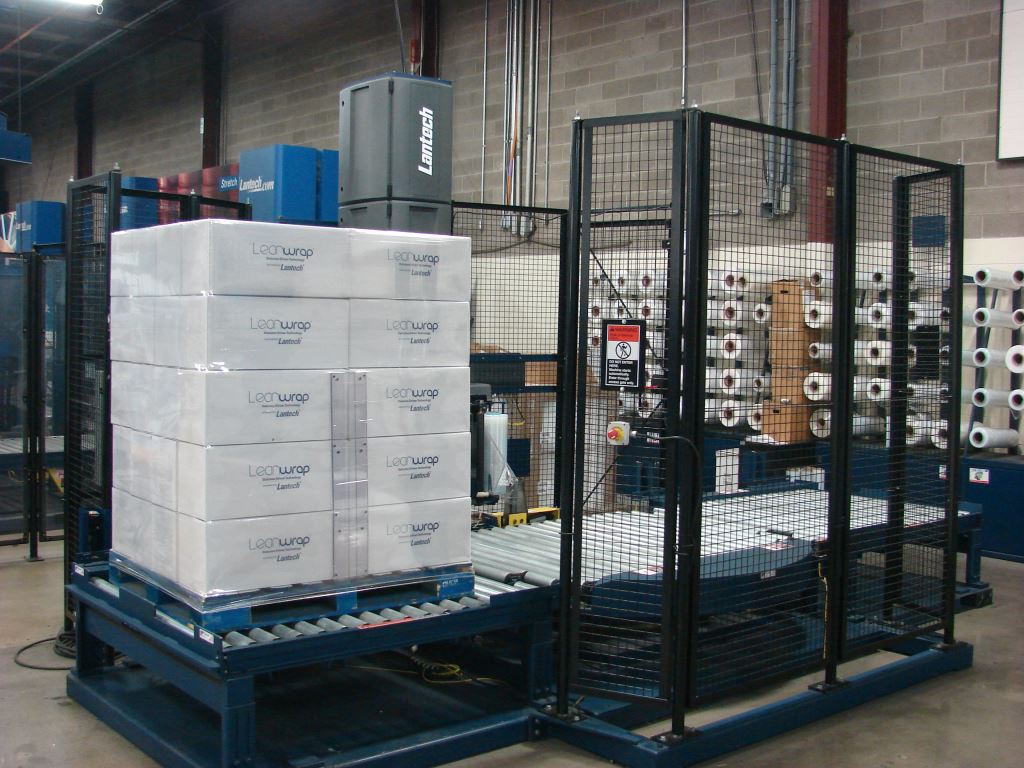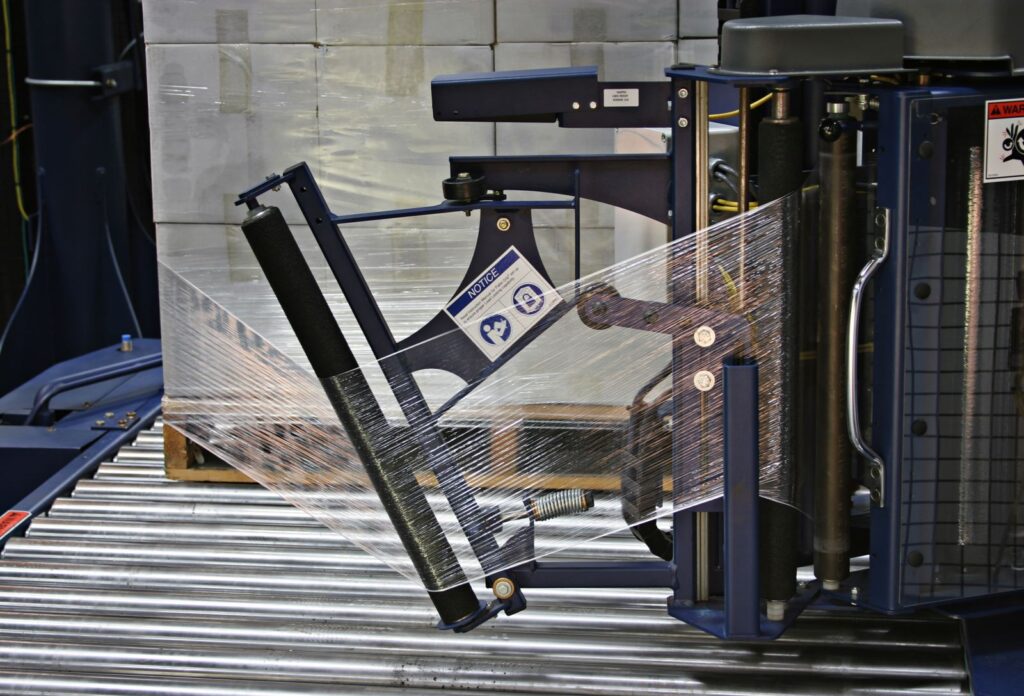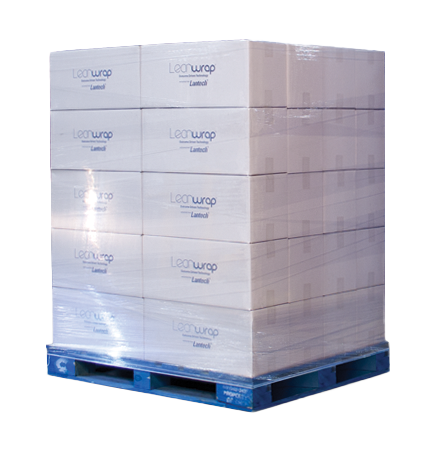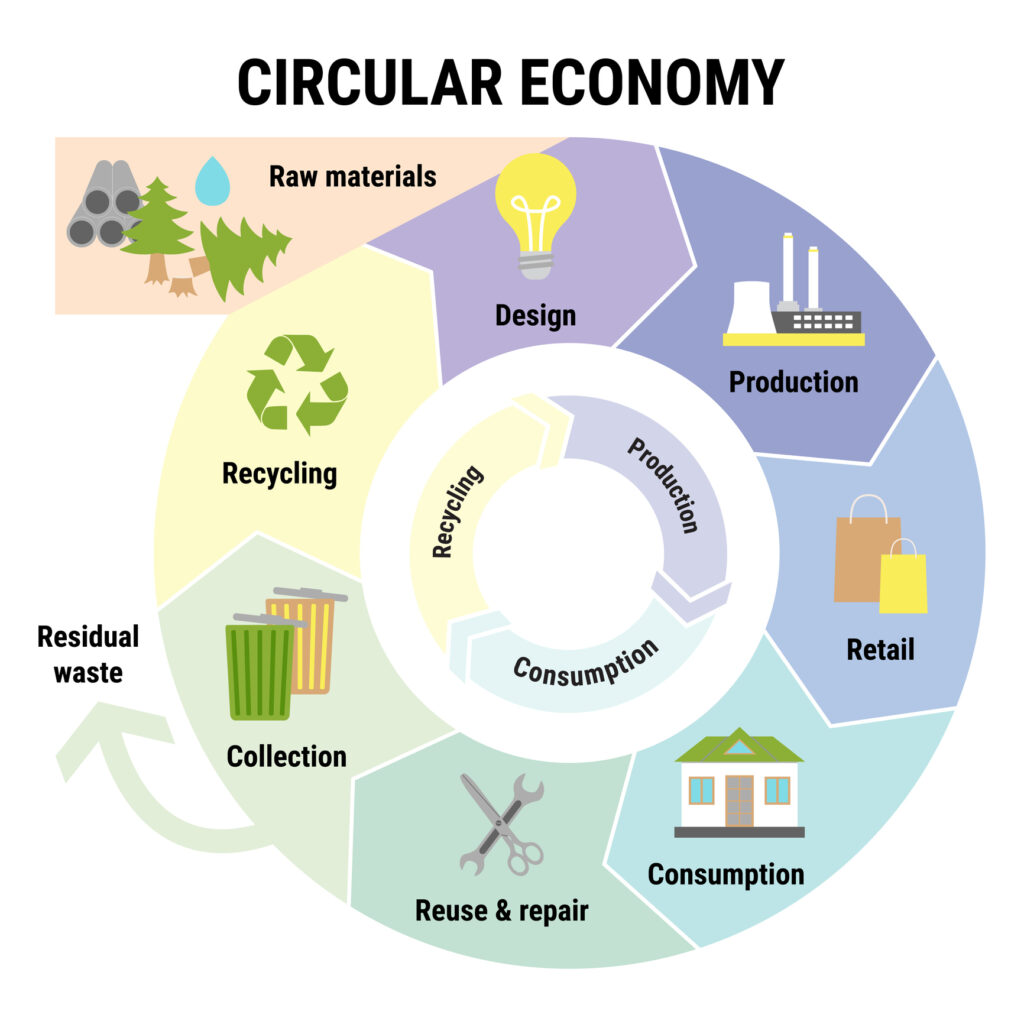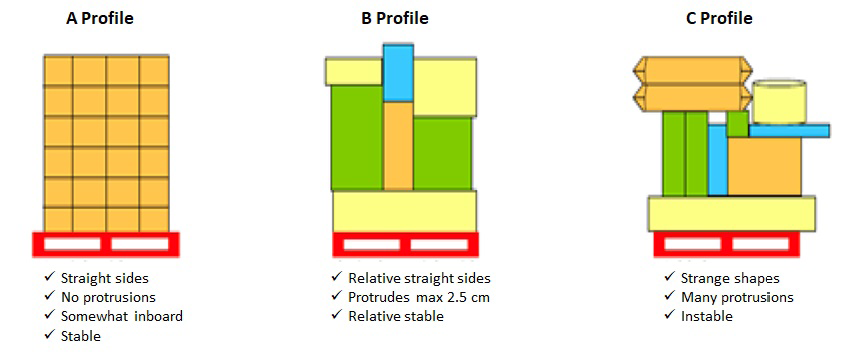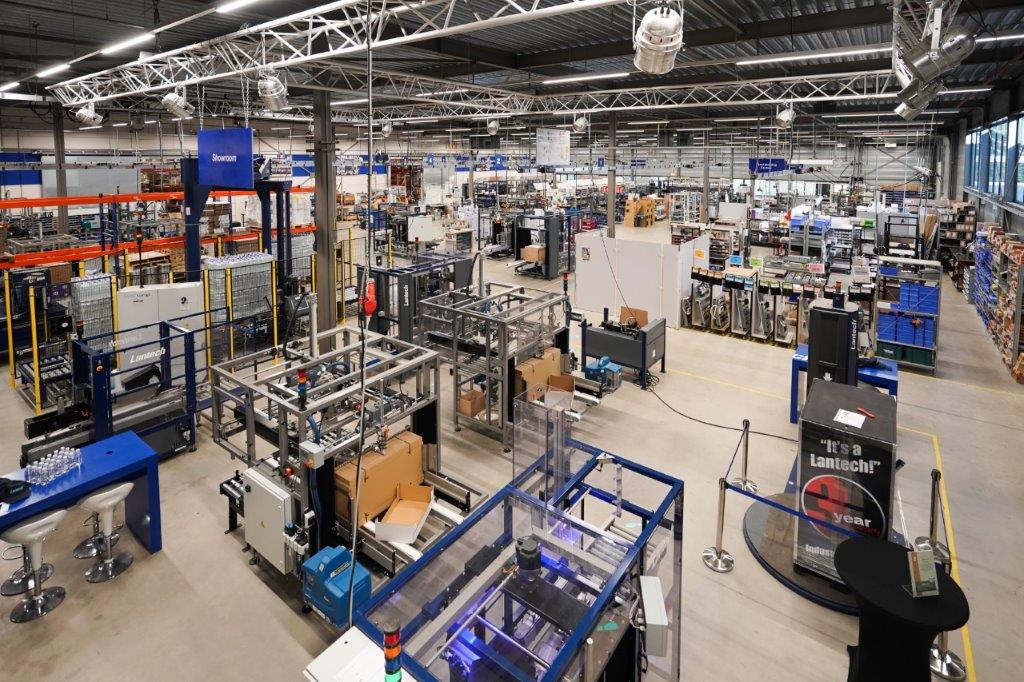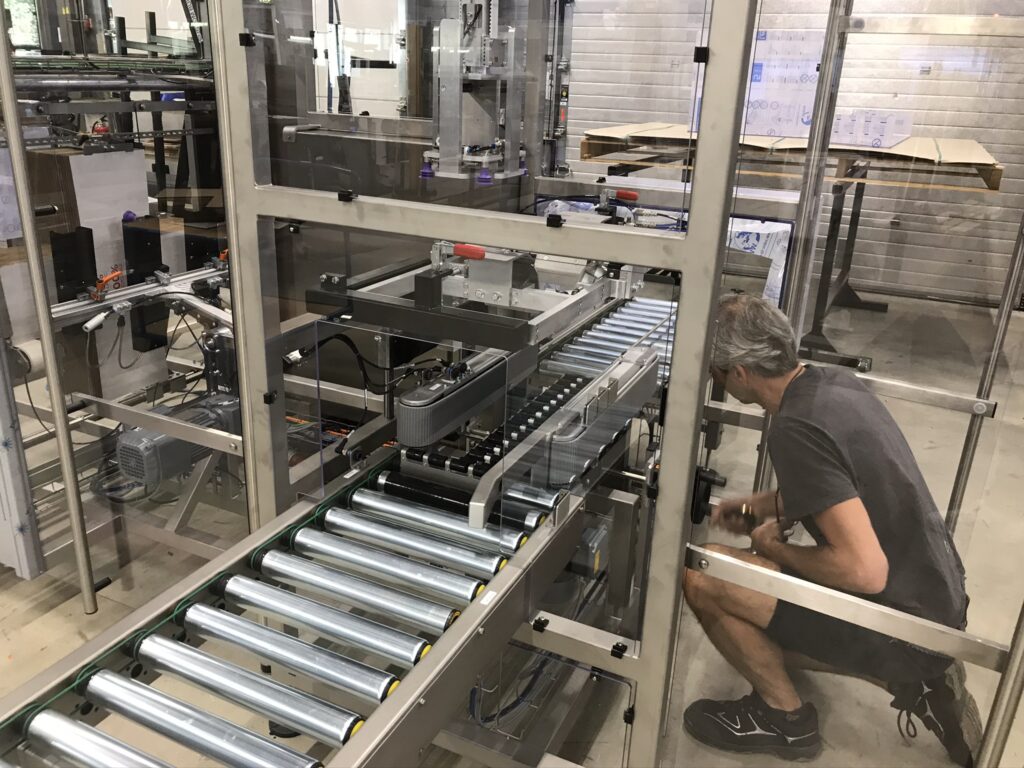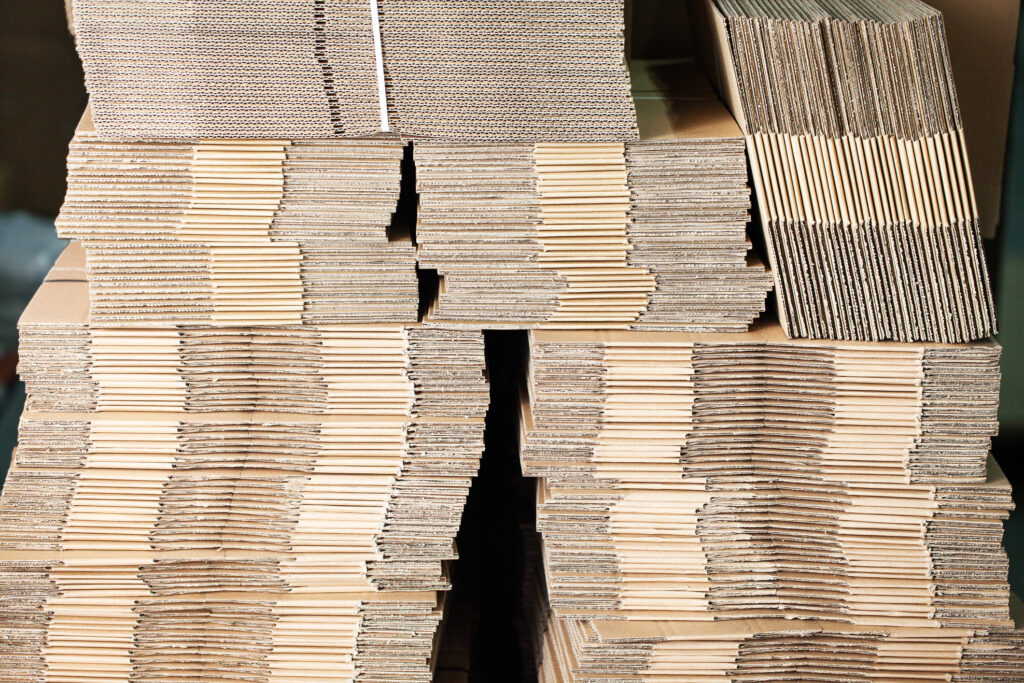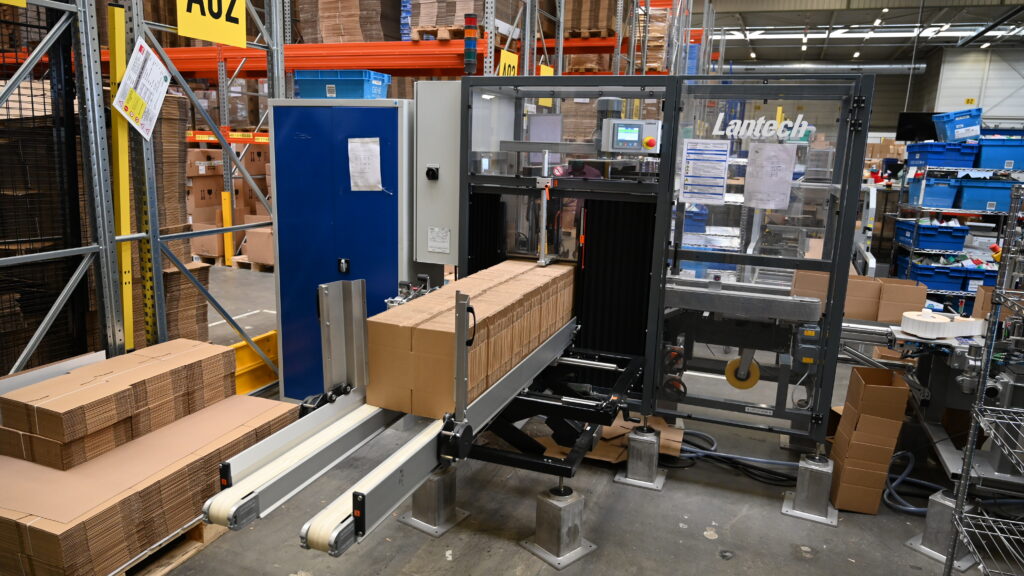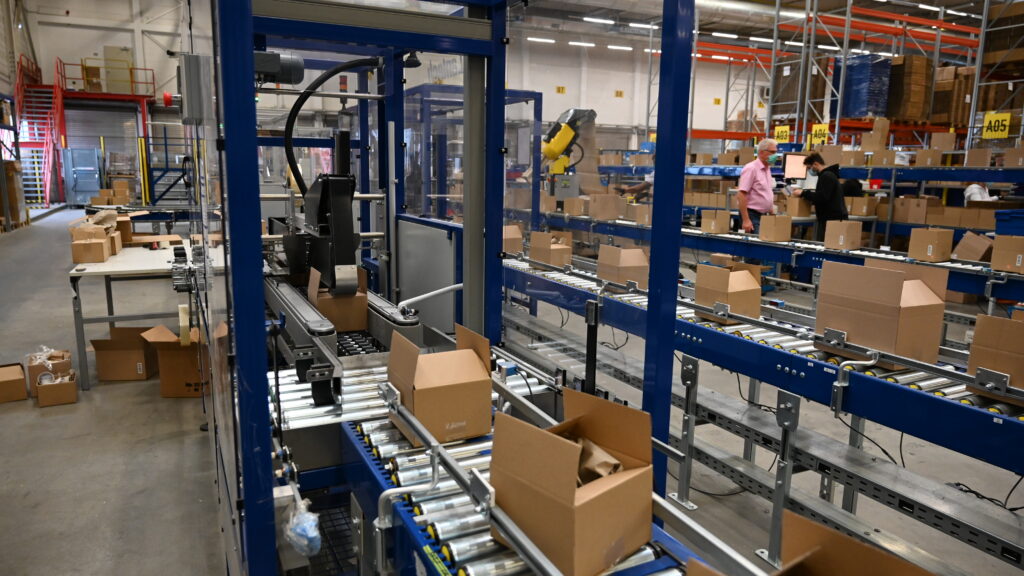There are a host of things to consider when purchasing a stretch wrapper. You want to ensure that the quality of the products on the pallet are preserved, while also being wrapped safely and efficiently.
But what about the finer details? What sort of specific features for improving overall performance should you be looking for? Some important components that a pallet wrapper can provide are not always overtly advertised. We’ve outlined three items that sometimes garner less attention, but still provide essential performance enhancements to a wrapper’s performance.
They include:
Automatic Film Cutting Devices
This feature punctures the film at the end of the wrap cycle, eliminating the need to cut the film manually and saving on operator labor and time. Many stretch wrap manufacturers offer some sort of auto cut-off feature.
The best automatic film cutting devices are simple, require little or no maintenance and save about 30 seconds of operator labor per load. Learn more about automatic film cutting at Lantech.com.
Integrated scale
An integrated scale on a stretch wrapper allows for quality control by flagging for variation in load weights.
It can be used as a final check on wrapped loads to prevent under or overweight loads from shipping out, and this helps avoid expensive carrier reload fees. Forklift scale technology has created consistent checkpoints for less-than-truckload carriers, and when a different weight is discovered from what is reported on bills of lading, carriers will typically charge between $15 and $25 to reweigh. Those cost can add up quickly; carrier reweigh fees bring in around $1 billion a year.
An integrated scale also saves on labor costs, cutting out between 30 seconds and 1.5 minutes per load by wrapping and weighing simultaneously. Even at low volumes, double handling loads from stretch wrapper to platform scale could add up to $6,500 over five years, according to some estimates.
Also key to using an integrated scale is the ability to create and preserve a record to verify loads arrived without pilferage.
Anchoring the pallet load
Choosing a machine with the ability to anchor the pallet load is always a good idea. There are a few ways to do this but the main options you are likely to find are going to create a cable or a rope with the last few inches of the film.
A film rope, while a commonly found option, might not be the best choice. Machines that feature this method of anchoring the pallet load bunch the film into an accordion-like rope. The issue with this method is that during transport the rope can un-bunch, becoming less effective.
A better option to look for is the cable method. These devices roll the bottom 3-5 inches of film into a tight cable during the last seconds of the wrap cycle. The cable is then driven down just below the top board of the pallet, avoiding issue of puncturing when the pallet is lifted.
Regardless of which method you ultimately go with, finding a machine that allows for some method of anchoring the pallet load is ideal.
Which features do you need?
Each of the three features we discussed above offers valuable advantages. However, are they necessary? The answer is, unfortunately, a bit tricky. What features are necessary is going to be, in large part, dictated by your particular application and by your budget.
Contact us or visit our website if we can help answer your questions.
Check out these related posts:
- 3 Benefits to Swapping Out Your Old Stretch Wrapper for a New One
- 4 Things You Must Consider When You Pick Your Stretch Wrapper
- Retrofits: A Great Way to Extend the Life of Your Stretch Wrapper
This post was published on September 20, 2016 and updated on November 1, 2018.
September 20, 2016

